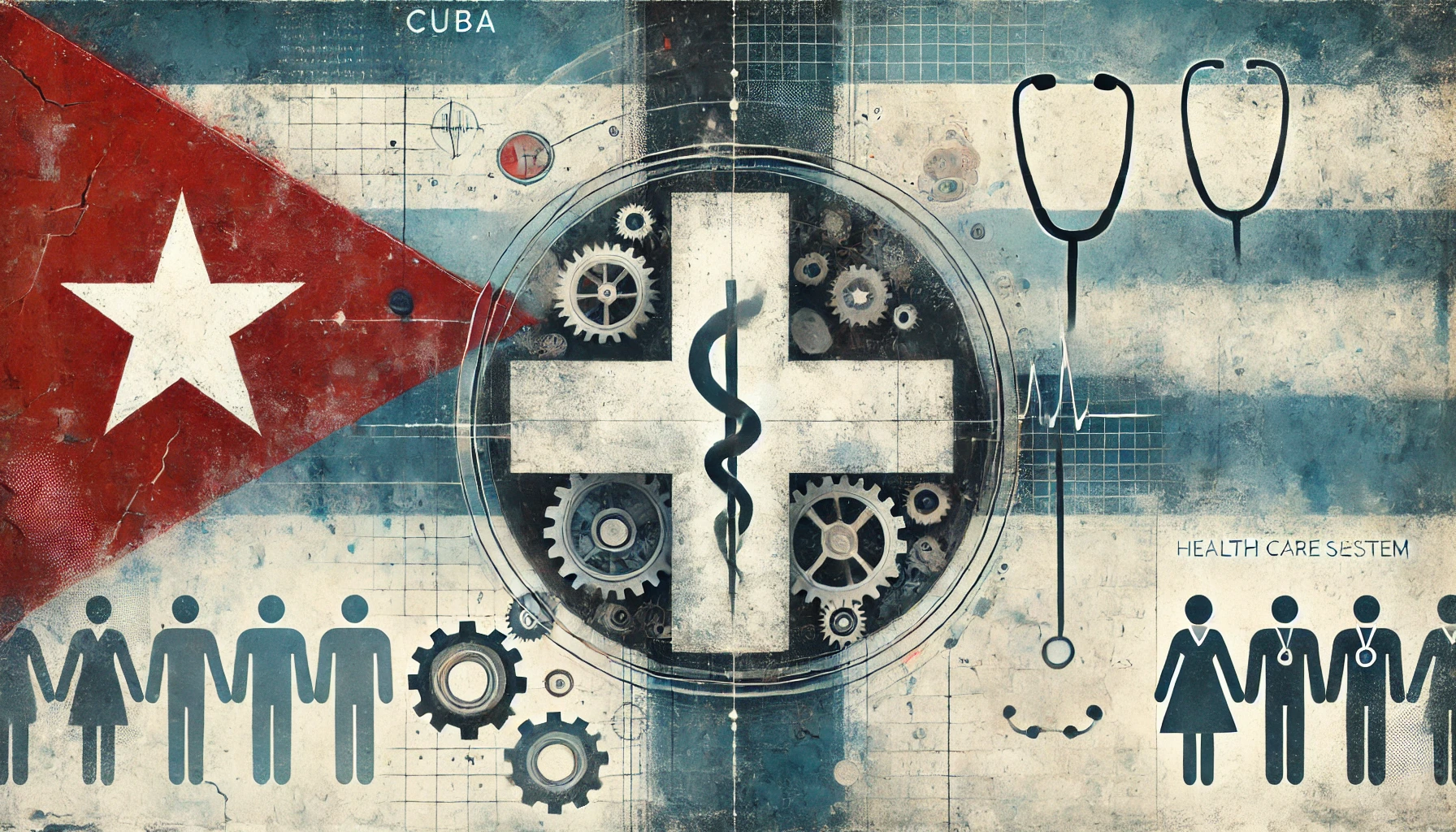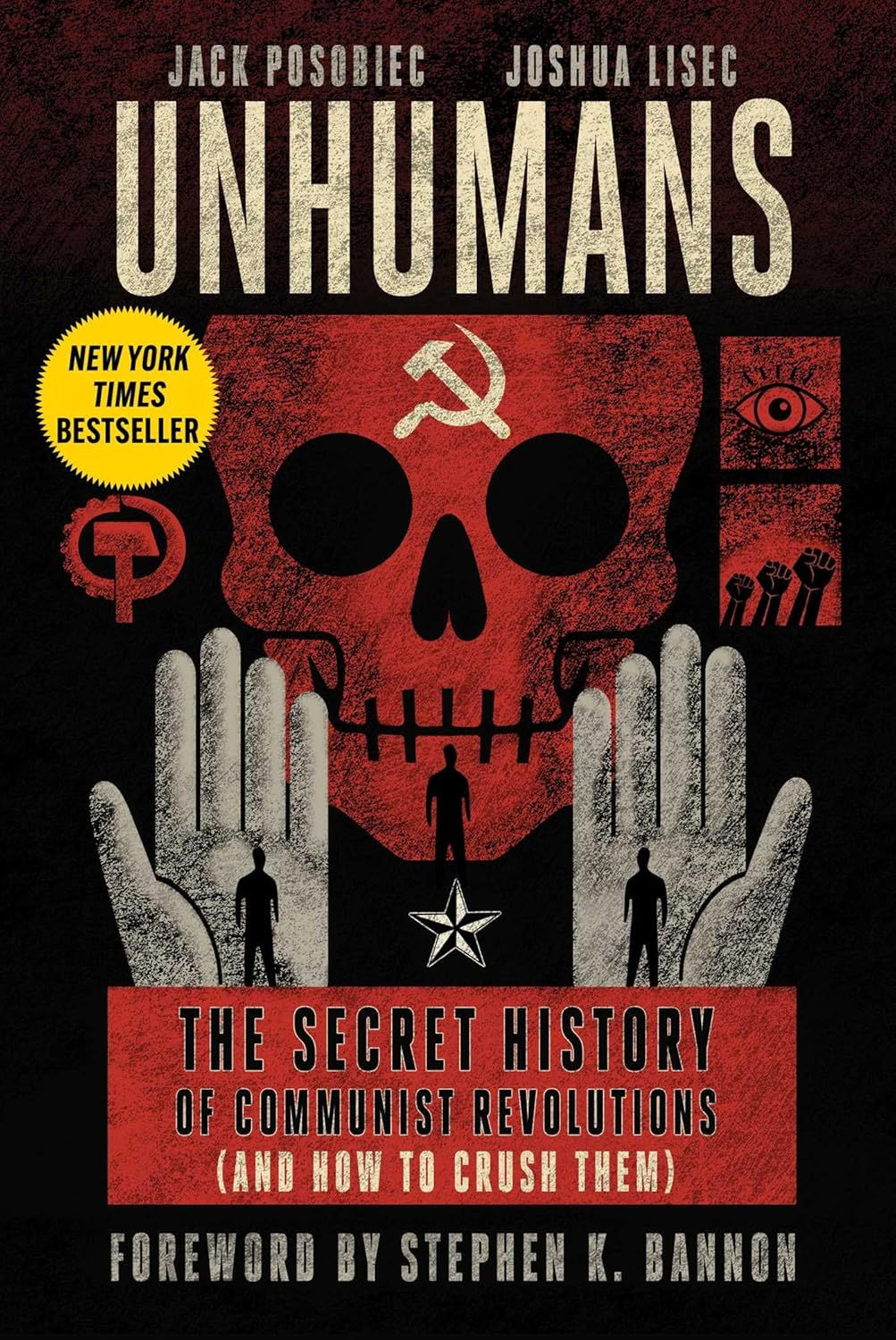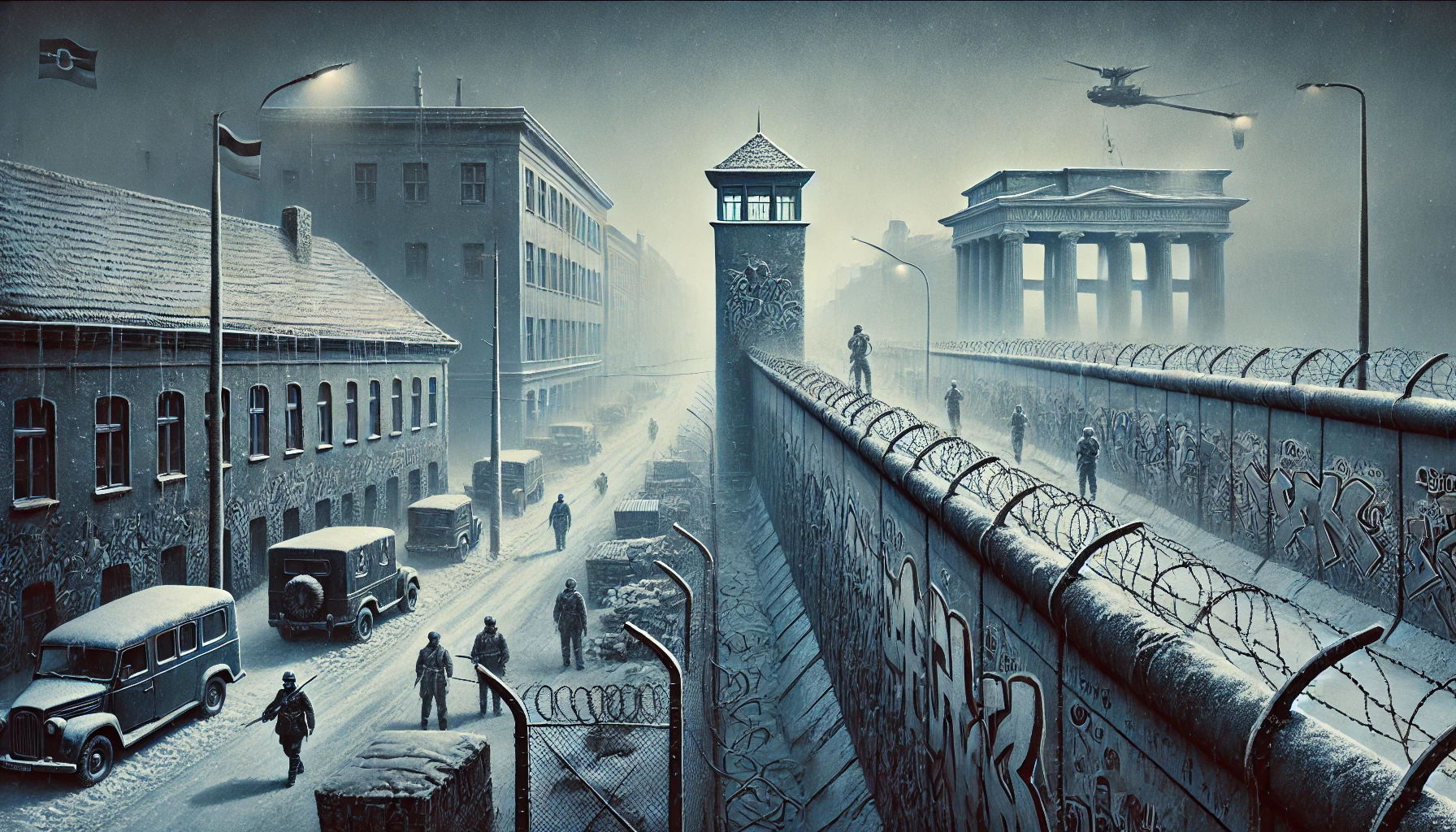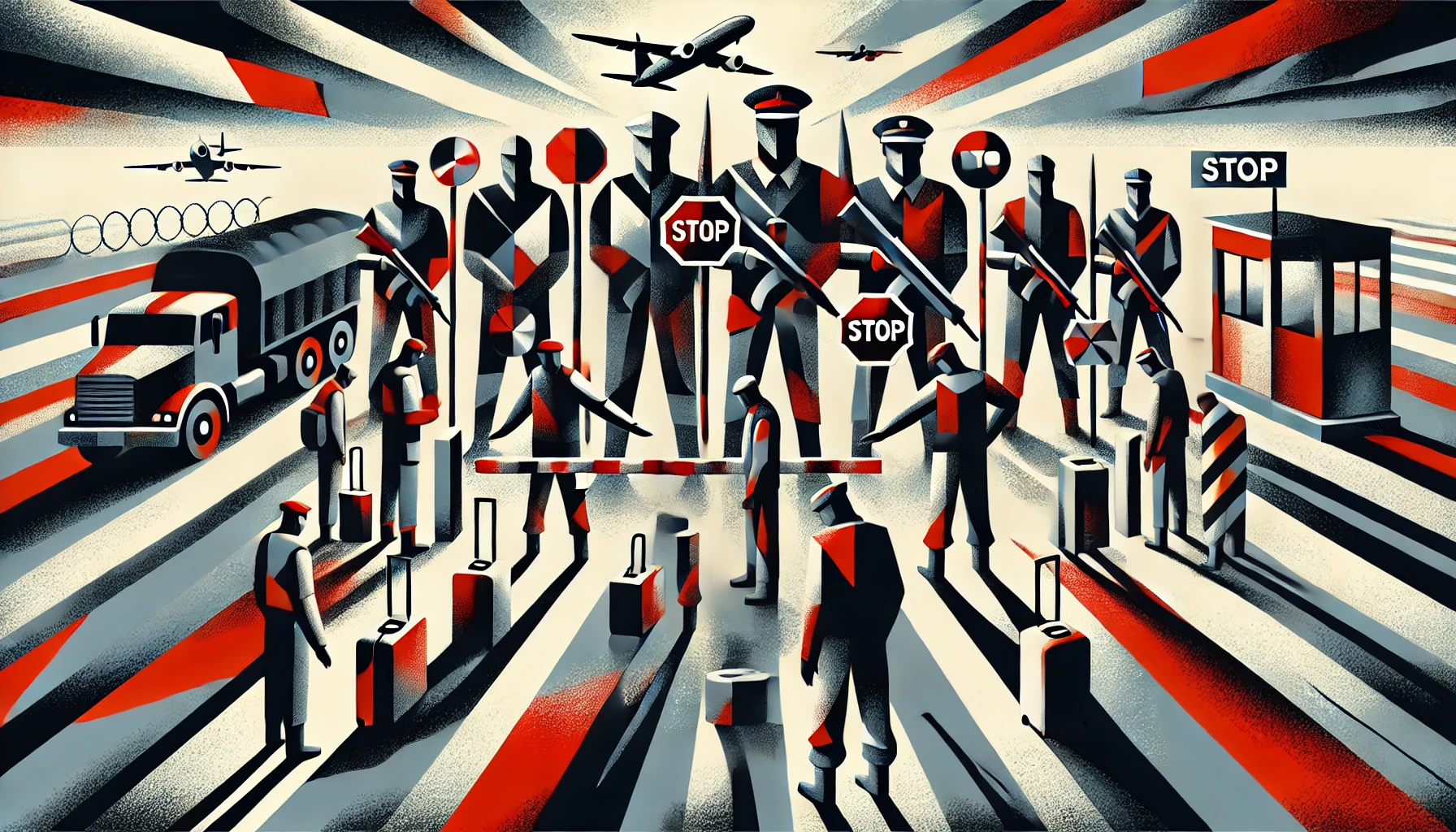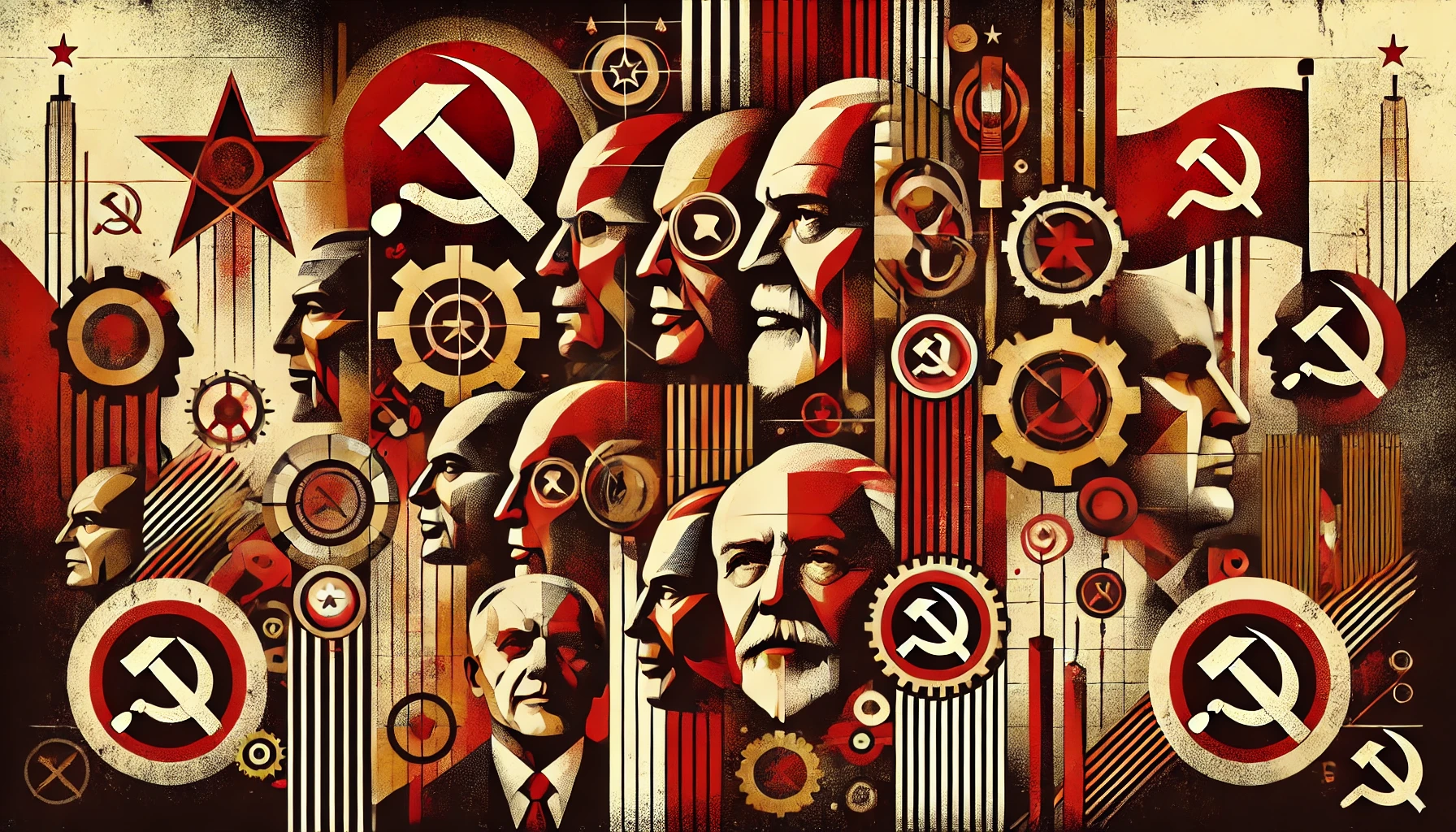“Progress, far from consisting in change, depends on retentiveness. When change is absolute there remains no being to improve and no direction is set for possible improvement: and when experience is not retained, as among savages, infancy is perpetual. Those who cannot remember the past are condemned to repeat it.” ~George Santayana
It would do us well to remember that even in our own lifetimes we forget the past. Time heals all wounds. Eventually we forget what happened before and hence are unable to realize when it is happening again. This site is a repository of the History of Communism. It is meant to preserve the facts of what has happened in the past. The facts about Communism that is seemingly all too often ignored and no longer taught in our universities.
Human Rights Abuses Under Communist Regimes
The 20th century saw numerous communist governments establish themselves across the world, and many of these regimes engaged in systematic human rights violations. This analysis examines key historical examples while acknowledging that human rights abuses have occurred under various forms of government throughout history.
Soviet Union Under Stalin (1924-1953)
The Gulag System
The Soviet system of forced labor camps, known as the Gulag, represented one of the most extensive systems of imprisonment and forced labor in history. Estimates suggest that between 18-20 million people passed through the Gulag system between 1929 and 1953. Prisoners faced:
- Extreme cold with insufficient clothing and shelter
- Severe food shortages and malnutrition
- Forced labor in dangerous conditions
- Arbitrary punishment and execution
- Separation from family members
The Great Purge
From 1936 to 1938, Stalin’s Great Purge targeted perceived enemies of the state, including:
- Communist Party members
- Military officers
- Intellectual and cultural figures
- Ethnic minorities
- Religious leaders
Hundreds of thousands were executed, and millions were sent to the Gulag system. The purges created a climate of fear and mistrust throughout Soviet society.
Collectivization and the Holodomor
The forced collectivization of agriculture led to widespread famine, particularly in Ukraine during the Holodomor (1932-1933). This man-made famine resulted in:
- An estimated 3.5 to 7 million deaths
- Destruction of traditional farming communities
- Cultural devastation of Ukrainian society
- Long-lasting trauma across generations
China Under Mao (1949-1976)
The Great Leap Forward
Mao’s attempt to rapidly industrialize China led to the deadliest famine in human history (1958-1962). The program resulted in:
- An estimated 15-55 million deaths from starvation
- Destruction of traditional farming practices
- Forced relocation of populations
- Breakdown of family and social structures
Cultural Revolution
The Cultural Revolution (1966-1976) aimed to purge China of capitalist and traditional elements:
- Public humiliation and torture of intellectuals
- Destruction of historical sites and artifacts
- Forced relocation of urban youth to rural areas
- Persecution of religious practitioners
- Violence between competing Red Guard factions
Political Persecution
The Chinese Communist Party implemented systematic political control through:
- Mandatory self-criticism sessions
- Public struggle sessions
- Surveillance networks
- Restricted movement through the hukou system
- Censorship and thought control
Cambodia Under the Khmer Rouge (1975-1979)
The Khmer Rouge regime, though brief, implemented some of the most extreme policies:
Year Zero Policy
- Forced evacuation of cities
- Abolition of money and private property
- Elimination of formal education
- Destruction of family units
- Ban on religious practices
The Killing Fields
- Systematic execution of intellectuals
- Mass graves containing an estimated 1.5-2 million victims
- Torture centers like S-21 (Tuol Sleng)
- Use of child soldiers
- Forced labor in rural areas
North Korea (1948-Present)
The North Korean regime continues to maintain one of the world’s most repressive states:
Systematic Control
- Three-generation punishment system
- Restricted movement and communication
- Mandatory ideology sessions
- Extensive surveillance system
- Strict information control
Prison Camp System
- Political prison camps (kwanliso)
- Forced labor camps
- Torture and execution of prisoners
- Separation of families
- Inadequate food and medical care
Common Patterns of Human Rights Violations
Several patterns emerge across these regimes:
Ideological Control
- Mandatory political education
- Censorship of information
- Persecution of religious beliefs
- Control of artistic expression
- Rewriting of history
Economic Rights
- Confiscation of private property
- Restricted freedom of movement
- Forced labor
- Controlled distribution of resources
- Ban on private enterprise
Personal Freedoms
- Restricted freedom of assembly
- No freedom of speech
- Limited or no access to legal representation
- Arbitrary arrest and detention
- Surveillance of private life
Family Rights
- Separation of families
- State control of education
- Forced relocations
- Collective punishment
- Restricted marriage rights
Methods of Control
Communist regimes typically employed several common methods to maintain control:
Information Control
- State monopoly on media
- Censorship of foreign information
- Propaganda campaigns
- Controlled education system
- Restriction of foreign travel
Social Control
- Block committees
- Mandatory political participation
- Public self-criticism sessions
- Mutual surveillance systems
- Social credit systems
Physical Control
- Internal passport systems
- Travel restrictions
- Controlled housing assignment
- Food rationing
- Work unit assignment
Long-Term Impact
The human rights abuses under communist regimes have had lasting effects:
Psychological Impact
- Intergenerational trauma
- Widespread mental health issues
- Broken family relationships
- Loss of cultural identity
- Persistent fear and mistrust
Social Impact
- Destroyed social structures
- Lost cultural heritage
- Weakened civil society
- Damaged interpersonal trust
- Disrupted educational systems
Economic Impact
- Stunted economic development
- Loss of private property rights
- Destroyed entrepreneurial culture
- Environmental degradation
- Infrastructure decay
Lessons and Legacy
The study of human rights abuses under communist regimes offers several important lessons:
Warning Signs
- Erosion of legal protections
- Increased state surveillance
- Restricted information flow
- Ideological conformity requirements
- Persecution of minority groups
Prevention Measures
- Strong legal institutions
- Independent judiciary
- Free press
- Civil society organizations
- International monitoring
Recovery Needs
- Truth and reconciliation processes
- Documentation of abuses
- Support for survivors
- Restoration of property rights
- Cultural preservation efforts
Conclusion
The pattern of human rights abuses under communist regimes reveals systematic violations of fundamental human rights. While each country’s experience was unique, common elements included ideological control, economic restrictions, and personal rights violations. Understanding this history is crucial for preventing similar abuses in the future and supporting societies still recovering from these experiences.
The legacy of these abuses continues to affect millions of people today, highlighting the importance of strong human rights protections and international monitoring systems. As we look to the future, the documentation and study of these historical events serves as a crucial reminder of the importance of protecting human rights and maintaining vigilant opposition to totalitarian control.



